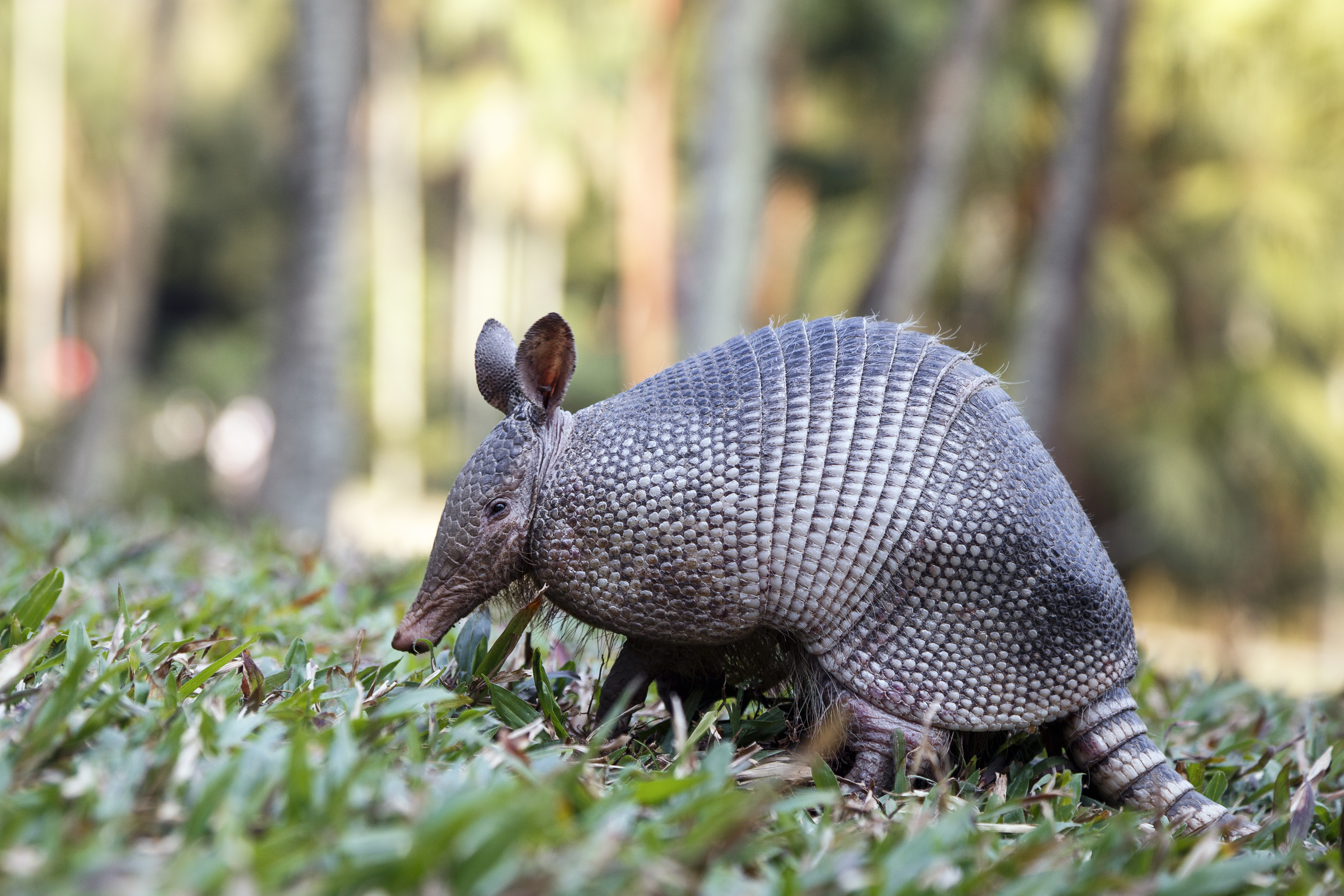Scientists Aren’t Sure Why Identical Twins Differ. Armadillo Quads Offer an Answer.
By Sharon Begley,
STAT
| 12. 20. 2019
One of the armadillo quadruplets runs away when she hears Amanda Withnell approaching; her three siblings calmly keep their faces in their food bowls. Another, seemingly unable to summon the bravado you’d think would be standard equipment on a little oblong tank with feet, is a neurotic mess compared to his three mellow siblings, regularly running panicked into walls or jumping straight up like a jack-in-the-box — a patented armadillo move.
Withnell can keep track of which nine-banded armadillo quadruplet is the shy one or the neurotic one because the siblings often differ in appearance as much as they do in behavior. One has a touch of white on its left ear while the other three have it on the right; one has a symmetric blaze just above the nose while another’s blaze will tip left as if drunk.
“Among siblings, there are often differences in facial pigmentation and sometimes even in the number of vertebrae,” said biologist Frank Knight of the University of the Ozarks, one of the world’s leading experts on the nine-banded armadillo and Withnell’s husband. Differences...
Related Articles
By Jonathan Matthews, GMWatch | 12.11.2025
In our first article in this series, we investigated the dark PR tactics that have accompanied Colossal Bioscience’s de-extinction disinformation campaign, in which transgenic cloned grey wolves have been showcased to the world as resurrected dire wolves – a...
By Jenny Lange, BioNews | 12.01.2025
A UK toddler with a rare genetic condition was the first person to receive a new gene therapy that appears to halt disease progression.
Oliver, now three years old, has Hunter syndrome, an inherited genetic disorder that leads to physical...
By Simar Bajaj, The New York Times | 11.27.2025
A common cold was enough to kill Cora Oakley.
Born in Morristown, N.J., with virtually no immune system, Cora was diagnosed with severe combined immunodeficiency, a rare genetic condition that leaves the body without key white blood cells.
It’s better...
By Rachel Hall, The Guardian | 11.30.2025
Couples are needlessly going through IVF because male infertility is under-researched, with the NHS too often failing to diagnose treatable causes, leading experts have said.
Poor understanding among GPs and a lack of specialists and NHS testing means male infertility...




